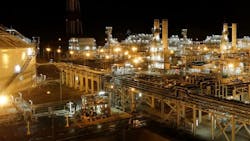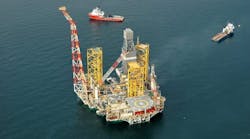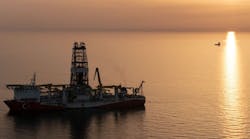bp outlines full scope of SOCAR-KBR’s Shah Deniz compression work
bp has issued details of two new recent engineering contracts for the Shah Deniz gas and condensate field development in the Caspian Sea and the associated onshore Sangachal terminal.
Both were awarded to the SOCAR-KBR joint venture: the Shah Deniz Compression (SDC) contract, valued at £43 million ($58.35 million), took effect on July 1.
The SDC workscope, due to be completed in 2026, covers engineering and procurement support for the construction of the following facilities, including readiness for installation, commissioning and operational readiness:
- Topsides, jackets and piles for the new SDC electrically-powered, unmanned compression platform;
- Onshore and offshore brownfield installations (Shah Deniz Alpha, Shah Deniz Bravo, and Sangachal Terminal;)
- System design engineering for integration with the subsea system.
The $2.9-billion SDC project is intended to access and produce low pressure gas reserves in the Shah Deniz field. It should recover about 50 Bcm of additional gas and 25 MMbbl of condensate.
The new unmanned platform, or normally unattended installation (eNUI), will have four onboard 11-MW compressors and will host gas compression from the existing Shah Deniz Alpha (SDA) and Shah Deniz Bravo (SDB) platforms. Production will then be exported to the Sangachal Terminal.
In addition, various associated facilities will be installed offshore in the Shah Deniz contract area, with related brownfield works to be performed at SDA, SDB, and Sangachal.
Construction is due to be completed in 2029, with first gas for compression sent from the SDA platform in 2029 and from the SDB platform in 2030.
The second contract issued to the SOCAR-KBR JV took effect in early June. It covers engineering and procurement support for new equipment and brownfield modifications inside the Sangachal Terminal.
The electrification project will allow the terminal, which currently generates power from seven turbines, to connect with Azerbaijan’s national grid of Azerbaijan, via facilities including a new 220/110 kV electricity substation.
Following electrification, the turbines will be removed in phases, freeing up the fuel gas for export and a reduction in the terminal’s operational emissions. Construction work should finish by the end of 2028.




